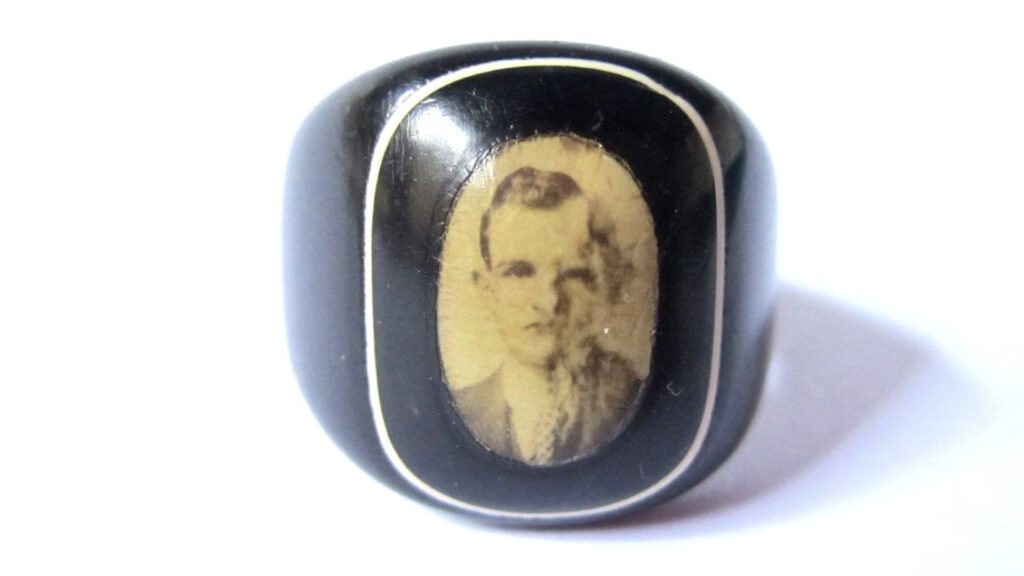A History of Hair Weaving, Part 3
Prior to the rise of the hairworking industry and its prominence in mainstream jewellery, gifts of hair were considered tokens of affection and love between two people. Bury refers to The Relique (or The Relic) by poet John Donne (1571-1631) and its very early reference to a hair bracelet:
“When my grave is broke up againe
Some second ghest to entertaine,
(For graves have learn’d that woman-head
To be to more than one a Bed)
And he that digs it, spies
A bracelet of bright haire about the bone,
Will he not let us alone,
And thinke that there a loving couple lies”

Donne speaks in metaphysical terms about the unifying nature of spiritual love, as when he and his lover are dug up, they remain the symbol for holy and eternal love. From this, the poem is an excellent perspective on the sentimentality of hairwork at the turn of the 17th century. Wearing hair was an encompassing symbol of union and love between two people.
Donne wasn’t unique in his wearing of a hair bracelet, however, as Count de Grammont viewed several people wearing hairwork bracelets in the Court of the restored Charles II, circa 1660 1. This ties in with the rising prominence of other sentimental jewellery at that time. From love tokens, such as posy rings, to hair woven under crystal in slides, brooches, rings and other forms of jewellery, sentimental jewellery was rapidly evolving over the 17th century. Within these forms of sentimental jewellery, the use of hair became ever more prominent. Another example from 1647/8 of the popularity of hairwork within mainstream culture can be seen in Mary Varney’s letter to Sir Ralph Varney, asking to send locks of their daughter’s hair “to make bracelets? I know you could not send a more acceptable thing than every one of your sisters a bracelet”. At the time, Ralph was living in exile in France during the Protectorate. Hair tokens within families was the more common practice, but as jewels grew as a social device, so did their nature as a personal statement.






